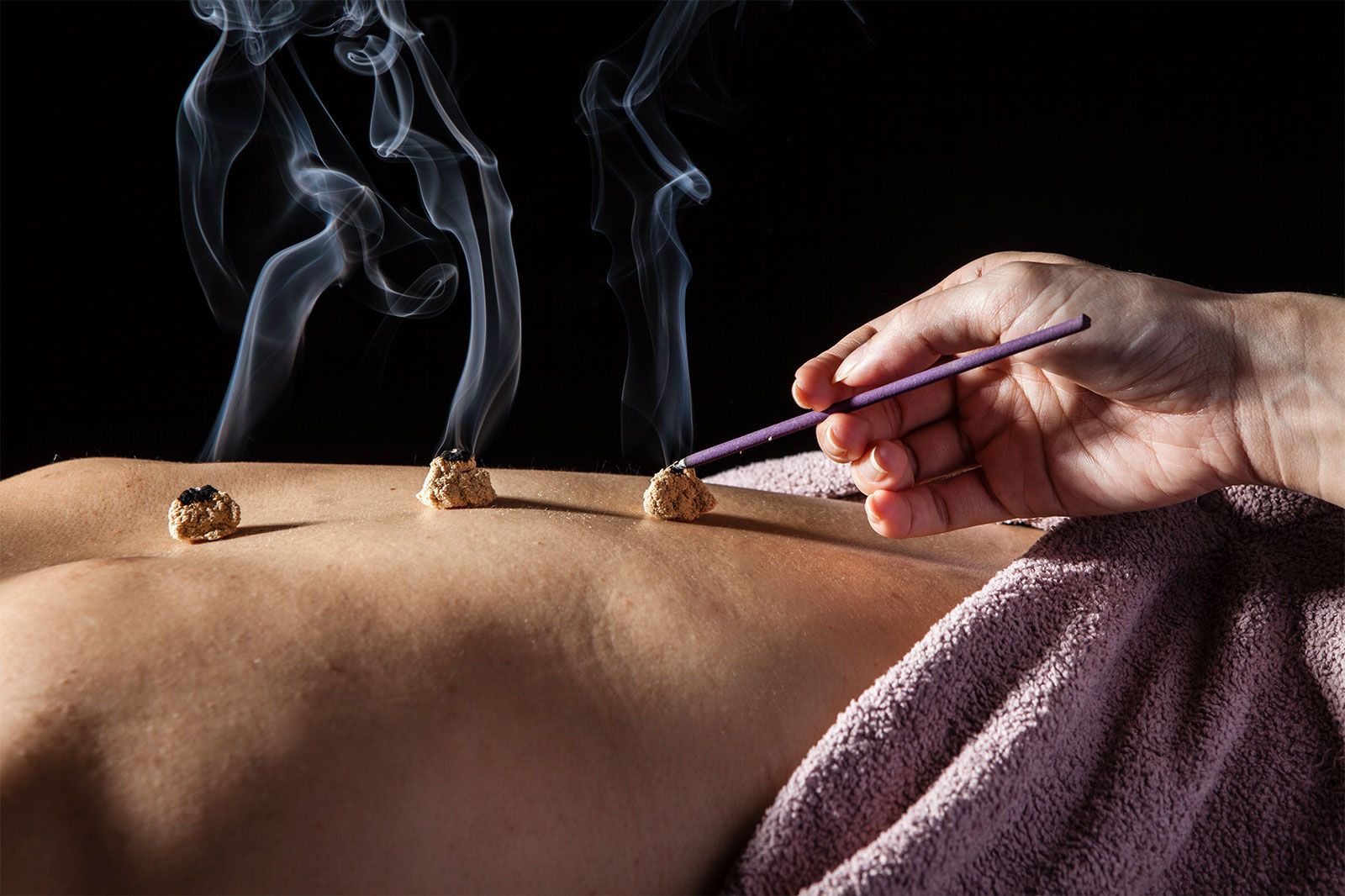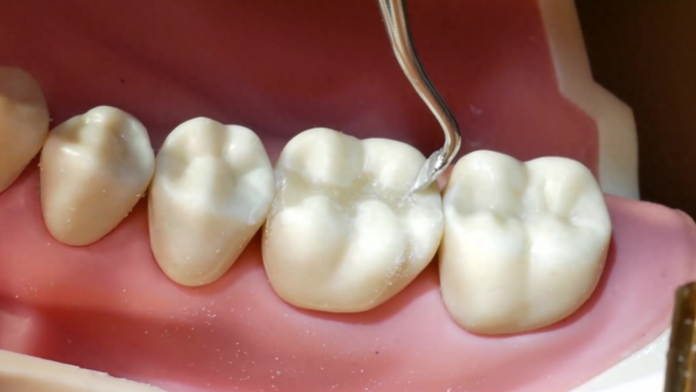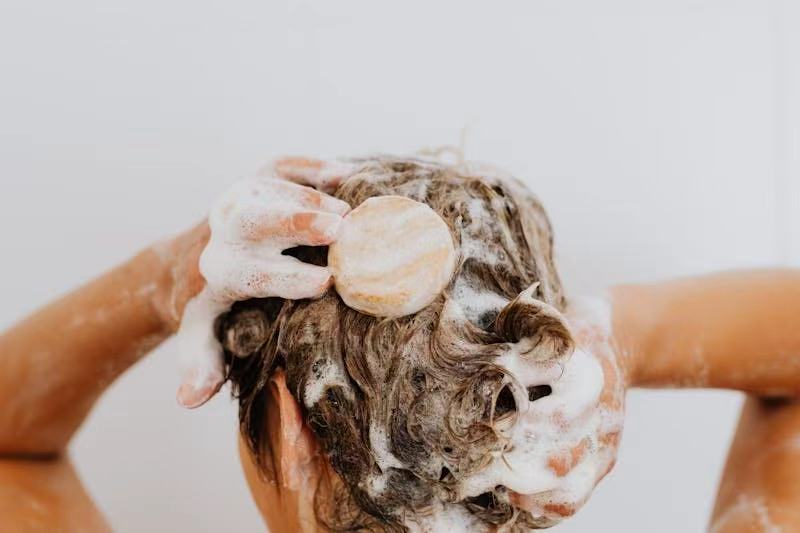Have you ever suddenly noticed that your tongue looks like it's been sprinkled with "snowflakes" while brushing your teeth? Don't rush to think that you've turned into a "snowman." The color and condition of your tongue serve as a mirror, reflecting your overall health. Let me show you how to interpret this "health mirror." First, let's examine what a healthy tongue should look like.

First, let's take a look at what a healthy tongue looks like. A healthy tongue should be pink, covered with a thin layer of coating, just like a light veil draped over it. There might be small bumps on the surface, but there should be no noticeable cracks or sores. If your tongue matches this description, congratulations! Your tongue is a
"healthy little warrior."
If your tongue suddenly turns white, don't panic right away. This could be caused by a few reasons: the most common one is a buildup of bacteria and dead skin cells. The small bumps on your tongue can accumulate bacteria, food particles, and dead skin cells, forming a white "snowflake" layer. This is usually harmless, and your tongue will quickly return to a pink colour. If you accidentally bite your tongue or bum it with hot coffee, it might temporarily turn white. This is also not a big issue, and within a week, your tongue should be fine.
If you smoke, it's best to open your mouth in front of the mirror every day and greet your tongue. For smokers, a white tongue could be a sign of leukoplakia. Leukoplakia is the appearance of white patches on the mucous membranes of the mouth, which could potentially develop into oral cancer if not addressed in time. So, quitting smoking is not just for your lungs— it's also for your tongue.
Although most cases of a white tongue are harmless, you should be cautious if they are accompanied by the following symptoms. Oral lichen planus, although not cancerous, increases the risk of oral cancer. If your tongue has a milky or greyish-white coating, it could be thrush. This infection is common in people who wear - dentures or have poor oral hygiene. Thrush not only causes the tongue to turn white but may also result in oral pain and a burning sensation.
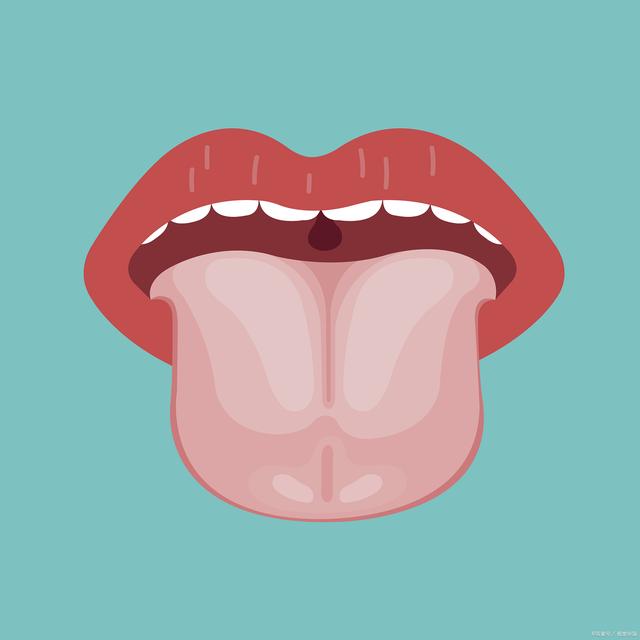
A white tongue, like a thin layer of snow in winter, may not be a cause for panic, but it is a small signal that shouldn't be ignored. Don't worry here's a thoughtful "self-rescue guide just for your slightly pale tongue.
Every morning, when you grab your toothbrush to battle the stubborn plaque on your teeth, don't forget to give your tongue a gentle "snow-removal" treatment. You can use a specialized tongue scraper, which works like a mini snow plough for your tongue, gently and effectively scraping off the thin white layer. If you don't have a tongue scraper, don't worry; the back of your toothbrush can be a good alternative. With a gentle hand, circle your tongue carefully to remove the "winter coat." Next, let antibacterial mouthwash become your little defender in your mouth! With its fresh scent, it travels between your teeth and across your tongue, giving your mouth a refreshing cleanse. Don't forget that water is the source of life and a little secret to whitening your tongue! Drinking more water is like giving your tongue a natural flowing bath, washing away stubborn bacteria and leftover food particles.
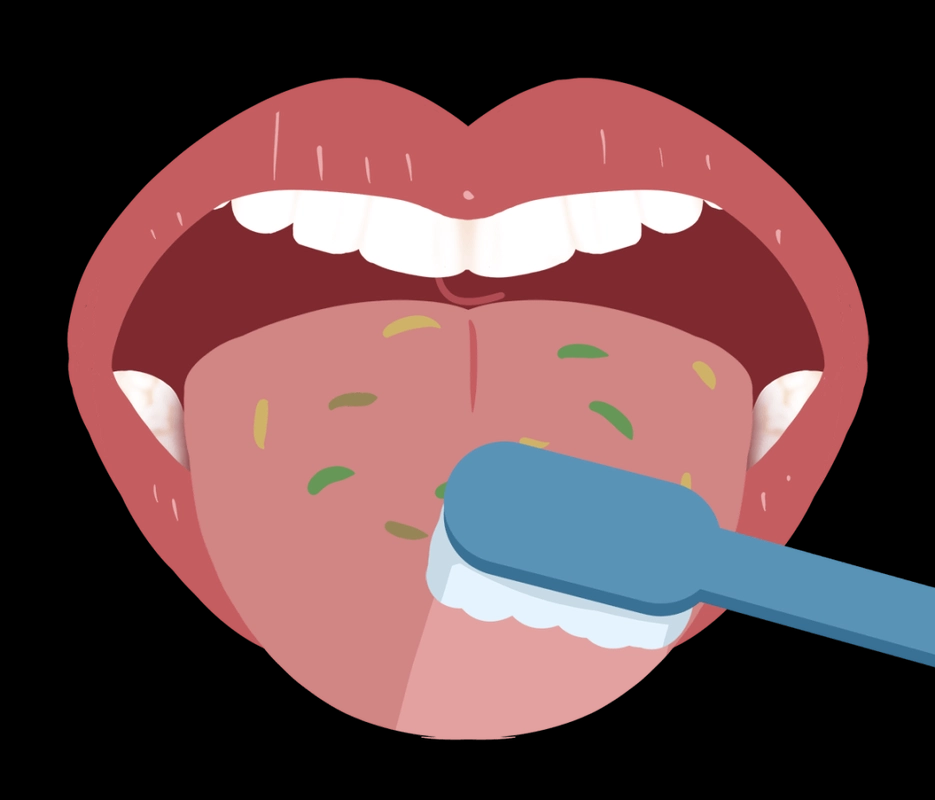
So, don't panic if your tongue is white. Follow this self-rescue guide step by step, and soon your tongue will glow with health again. Next time you brush your teeth, don't forget to take a look at your tongue. It could be the "weather vane" of your health! If you notice any unusual colour on your tongue, stay alert-after all, your tongue is not only for tasting food, but it's also your health's "guardian."
